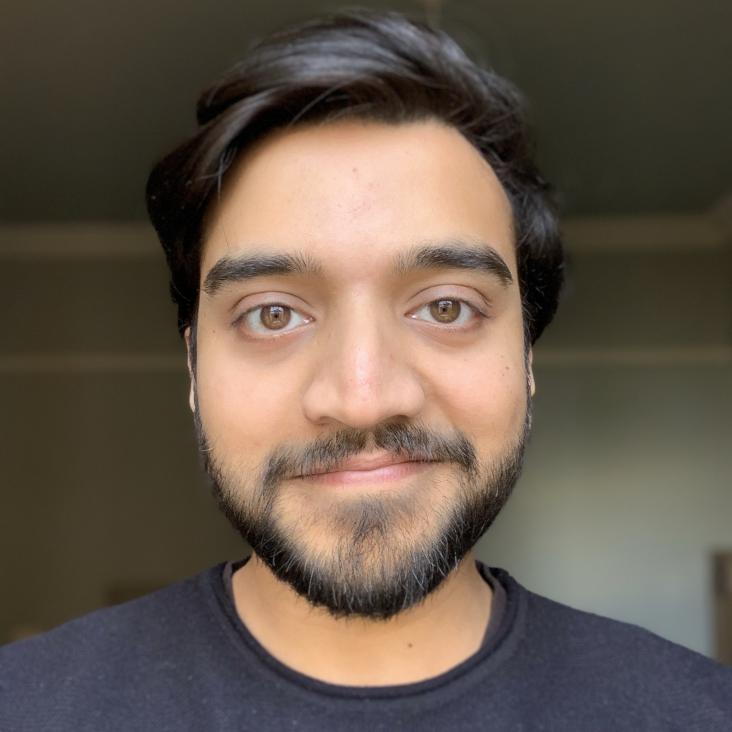Modelling the luminosities and sizes of radio galaxies: radio luminosity function at z = 6
ArXiv 1705.03449 (2017)
Investigating the Unification of LOFAR-detected powerful AGN in the Boötes Field
Monthly Notices of the Royal Astronomical Society Oxford University Press 469:2 (2017) 1883-1896
Abstract:
Low radio frequency surveys are important for testing unified models of radio-loud quasars and radio galaxies. Intrinsically similar sources that are randomly oriented on the sky will have different projected linear sizes. Measuring the projected linear sizes of these sources provides an indication of their orientation. Steep-spectrum isotropic radio emission allows for orientation-free sample selection at low radio frequencies. We use a new radio survey of the Boötes field at 150 MHz made with the Low-Frequency Array (LOFAR) to select a sample of radio sources. We identify 60 radio sources with powers P > 1025.5 W Hz−1, at 150 MHz using cross-matched multiwavelength information from the AGN and Galaxy Evolution Survey, which provides spectroscopic redshifts and photometric identification of 16 quasars and 44 radio galaxies. When considering the radio spectral slope only, we find that radio sources with steep spectra have projected linear sizes that are on average 4.4 ± 1.4 larger than those with flat spectra. The projected linear sizes of radio galaxies are on average 3.1 ± 1.0 larger than those of quasars (2.0 ± 0.3 after correcting for redshift evolution). Combining these results with three previous surveys, we find that the projected linear sizes of radio galaxies and quasars depend on redshift but not on power. The projected linear size ratio does not correlate with either parameter. The LOFAR data are consistent within the uncertainties with theoretical predictions of the correlation between the quasar fraction and linear size ratio, based on an orientation-based unification scheme.Gender Stereotypes in Science Education Resources: A Visual Content Analysis
PLOS ONE Public Library of Science (PLoS) 11:11 (2016) e0165037


